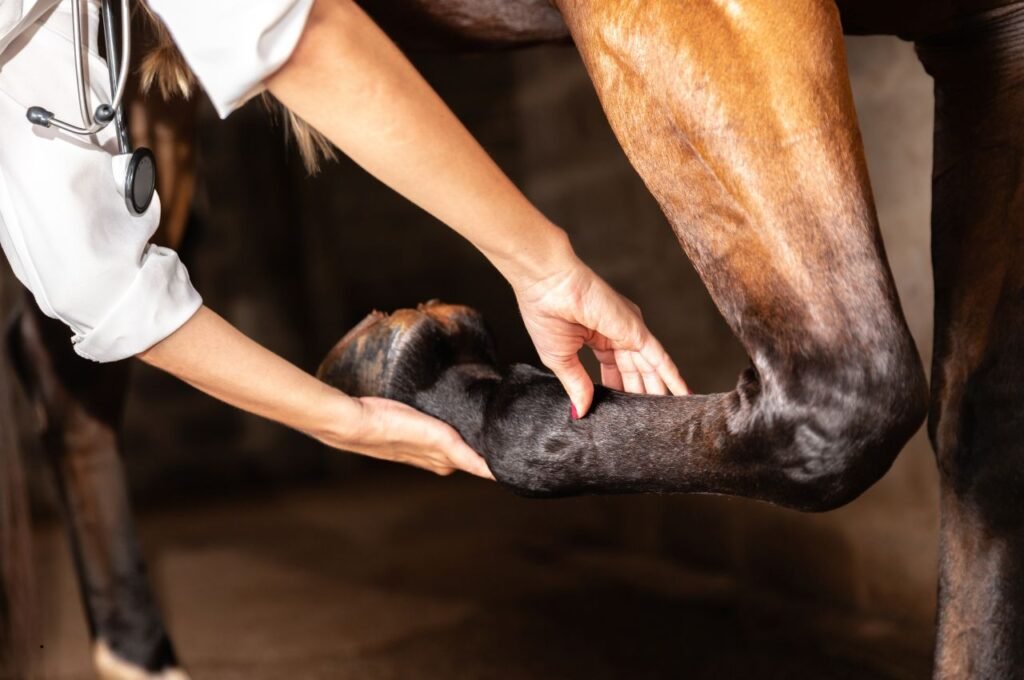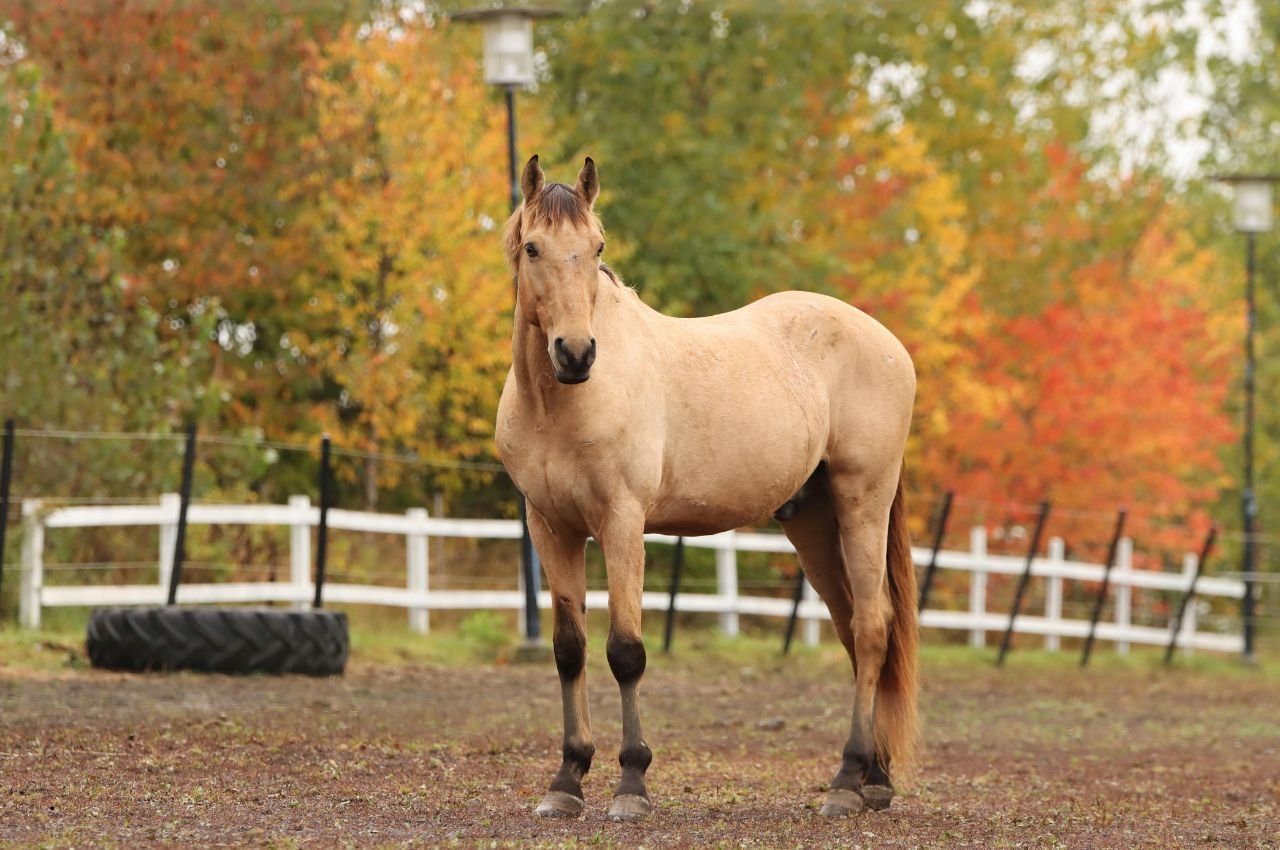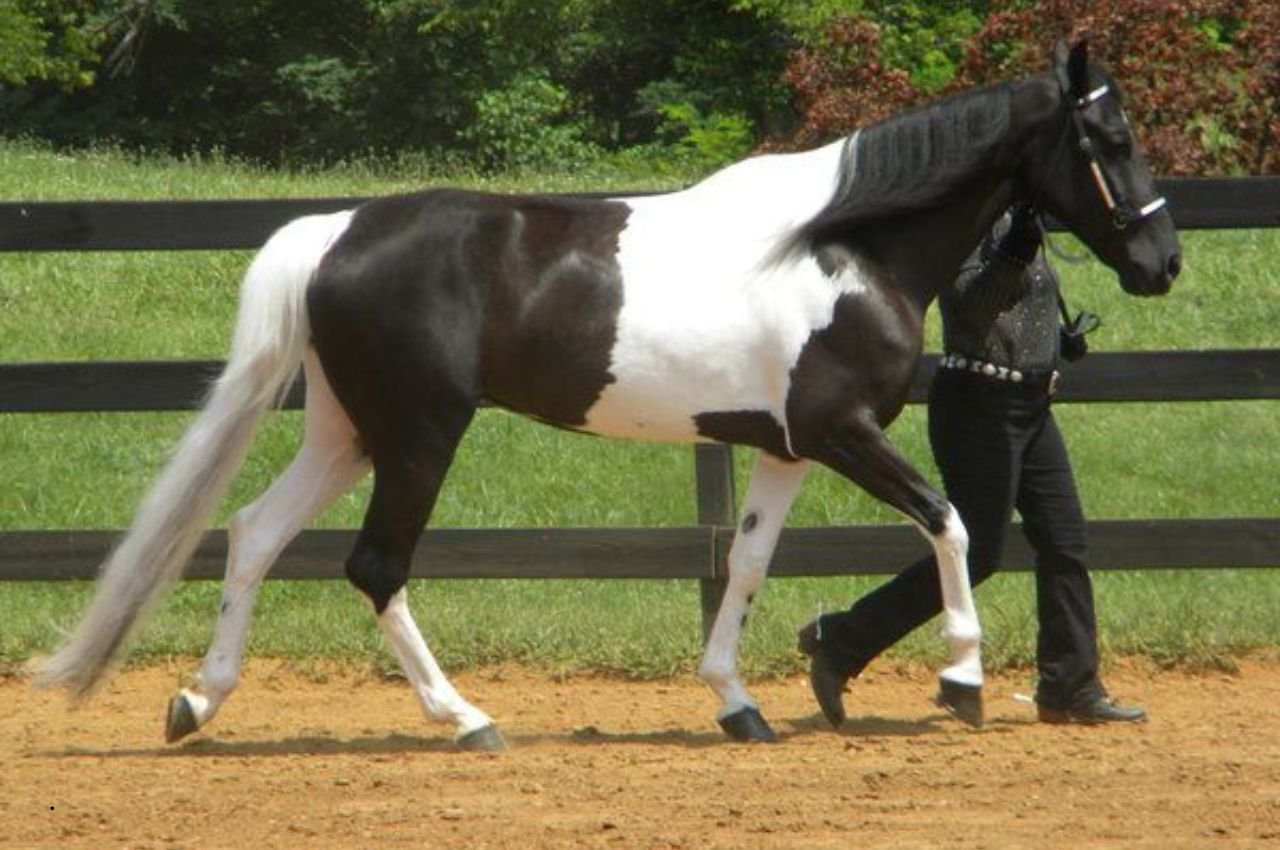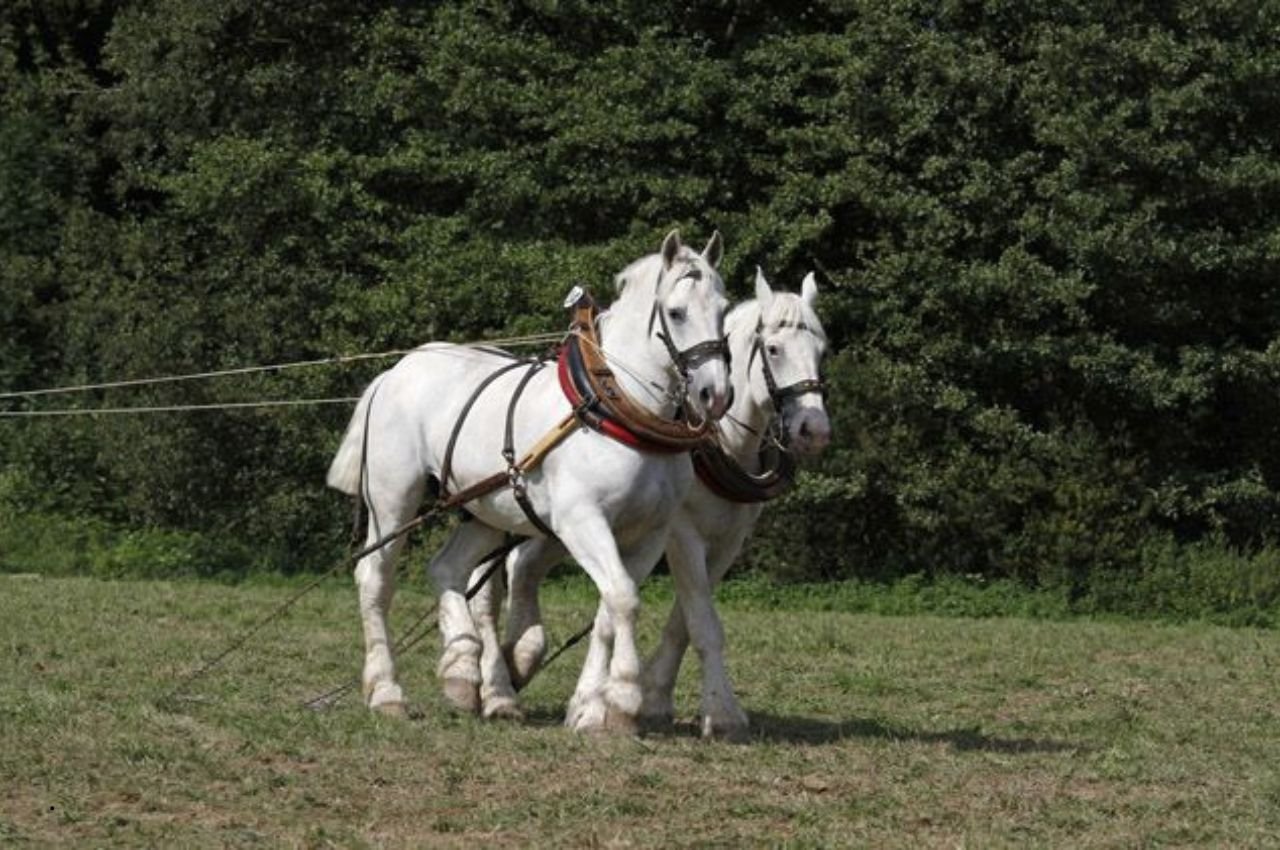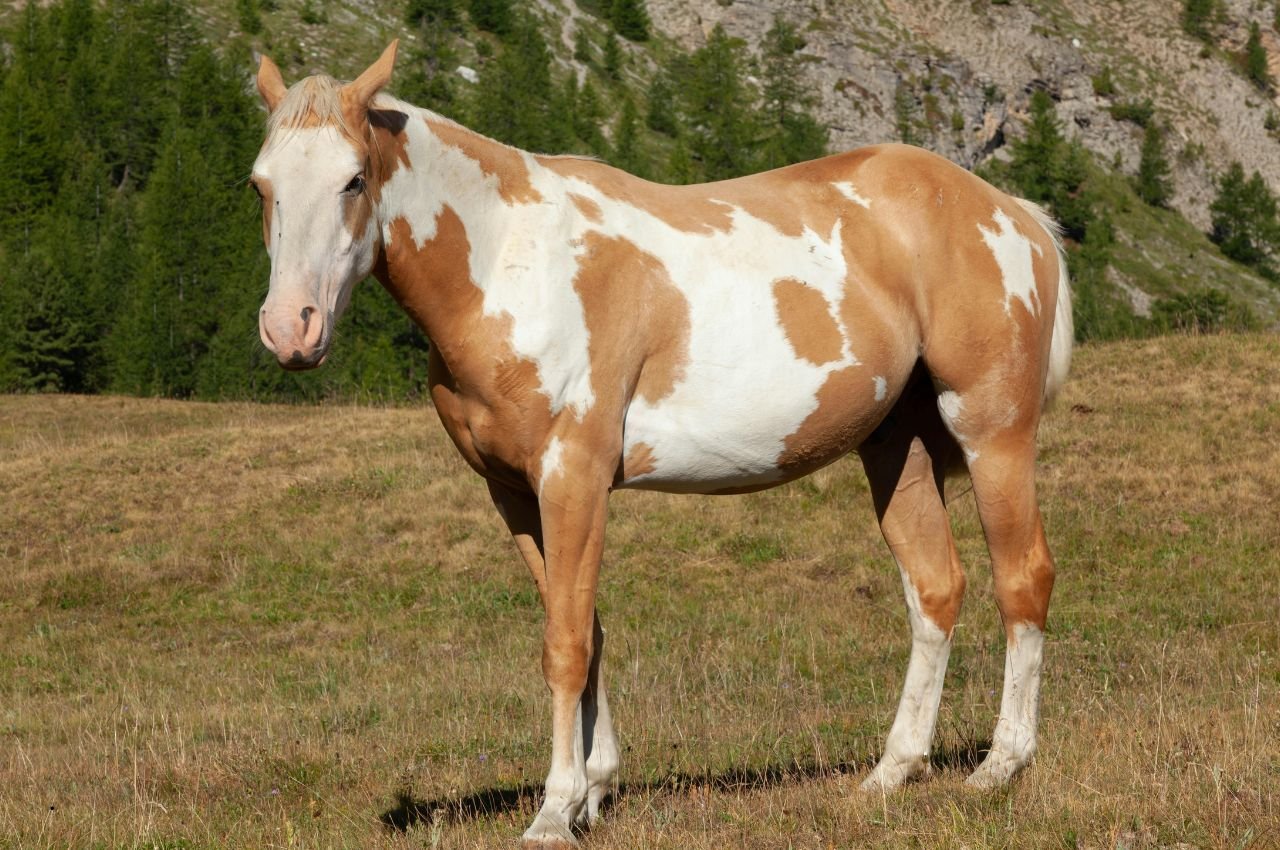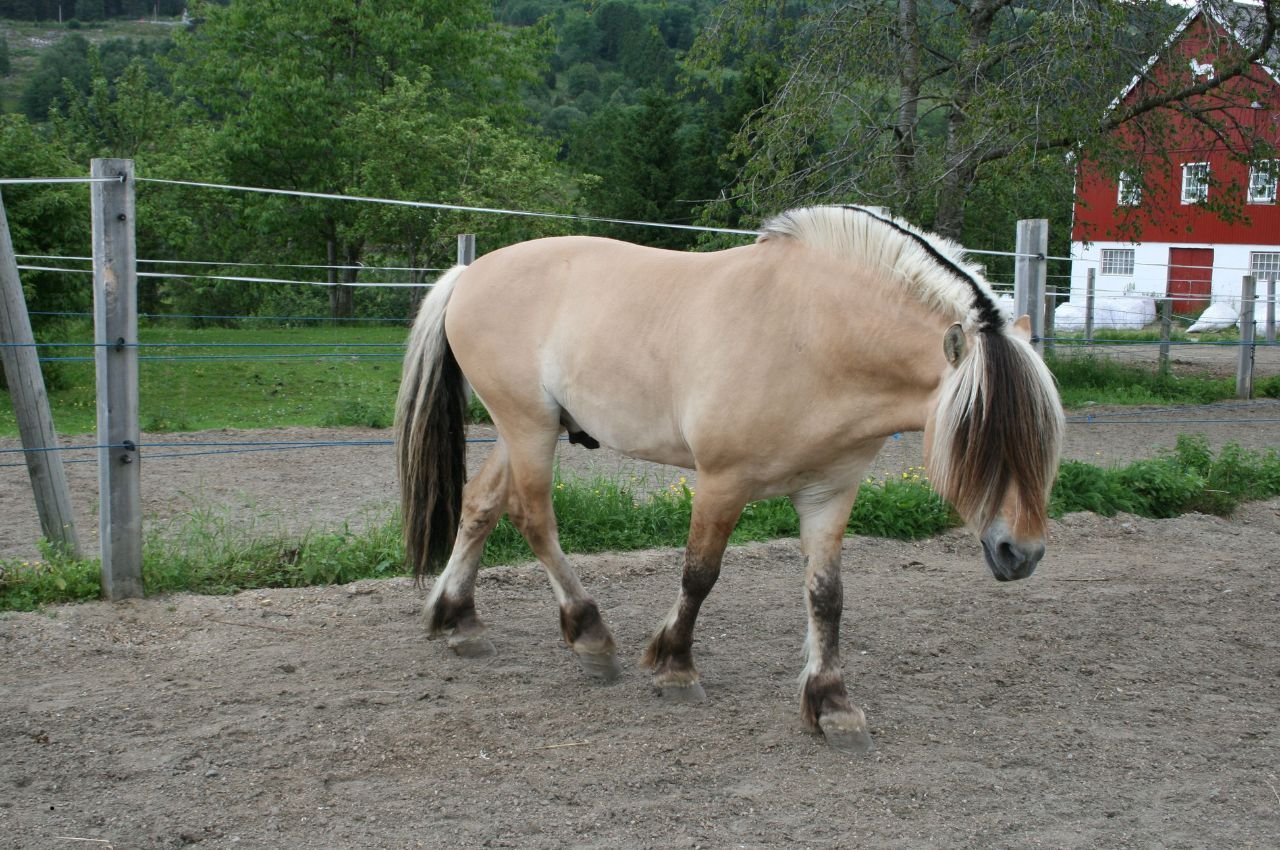Introduction to Joint Care in Horses
Maintaining optimal joint health is essential for a horse’s mobility and performance. Whether competing in races, performing dressage routines, or simply enjoying daily activities, joint health plays a crucial role in a horse’s overall functionality and quality of life. Without proper care, horses may suffer from conditions like arthritis, joint stiffness, and inflammation, leading to decreased performance and discomfort.
Understanding the factors that contribute to joint issues—such as age, genetics, and the level of physical activity—is key for preventing long-term damage. Horses engaged in strenuous exercise are particularly vulnerable to joint wear and tear, making preventive measures important. While traditional treatments like medication can help, natural methods are gaining popularity due to their gentler, holistic approach to joint care.
In this post, we’ll explore five natural ways to improve joint mobility in horses, from dietary changes to regular exercise and targeted therapies. These practices can enhance a horse’s overall health, allowing them to stay active and comfortable throughout their lives.
Understanding the Anatomy of Equine Joints
To effectively support joint health, it’s essential to understand the structure and function of equine joints. These joints allow horses to perform a wide range of movements vital for their athleticism and well-being.
Equine joints consist of various components:
- Cartilage: A smooth tissue covering the ends of bones that serves as a cushion, absorbing shock during movement.
- Synovial Fluid: Lubricates the joints, reducing friction and promoting smooth movement.
- Ligaments and Tendons: Ligaments provide stability by connecting bones, while tendons connect muscles to bones, enabling movement.
When any part of this system becomes damaged or inflamed, it can lead to pain and reduced mobility. By understanding the anatomy, horse owners can make more informed decisions about joint care, including the importance of nutrition, exercise, and therapeutic interventions.
Natural Diet Modifications for Joint Health
Diet plays a significant role in supporting joint health in horses. Certain nutrients are essential for maintaining cartilage integrity, reducing inflammation, and improving overall mobility. By incorporating natural ingredients into your horse’s diet, you can help prevent joint deterioration and promote long-term joint health.
- Omega-3 Fatty Acids: Known for their anti-inflammatory properties, Omega-3s help reduce joint pain and stiffness. You can add flaxseed, chia seeds, or fish oil to your horse’s feed to boost Omega-3 intake. If you’re looking for specific supplements, check out our blog on Omega 3 Horse Supplements: 5 Essential Health Boosters for more details on how these fatty acids benefit joint health.
- Glucosamine and Chondroitin: These compounds are essential for cartilage repair. While naturally found in some feeds, you can also add supplements to ensure your horse gets adequate levels.
- Anti-inflammatory Herbs: Turmeric, containing curcumin, is a powerful antioxidant that reduces inflammation and supports joint function. Devil’s claw root is another herb known for its joint-soothing properties.
- Vegetables and Grains: Incorporating carrots, sweet potatoes, and oats can provide additional vitamins and polysaccharides that help maintain cartilage health.
A well-balanced diet rich in these nutrients can help reduce inflammation, repair damaged cartilage, and promote long-term joint health.
The Role of Regular Exercise and Physical Activity
Exercise is one of the most effective ways to promote joint health in horses. Regular movement strengthens the muscles surrounding the joints, providing added protection and reducing strain. It also improves flexibility, allowing the horse to move more easily and with less discomfort.
Tailored Exercise Plans:
- Young Horses: Begin with low-impact activities like walking or gentle trotting. These help develop coordination and muscle strength without overwhelming their joints.
- Older Horses: Focus on low-impact exercises like walking on soft ground or light hill work to build muscle strength while minimizing stress on the joints.
- Active Horses: A well-rounded exercise routine, including lunging, riding, and ground work, helps engage different muscle groups, promoting cardiovascular health and joint stability.
Ensure you balance activity with adequate rest. Overtraining can lead to injury, so a consistent routine that includes periods of recovery is crucial for preventing long-term joint issues. If you’re focusing on your horse’s weight or overall fitness, you might want to check our post on Horse Weight Loss: 5 Tips for Healthy Weight Management.
Utilizing Natural Therapies: Massage and Stretching
Incorporating natural therapies like massage and stretching can significantly enhance a horse’s joint health by reducing stiffness, improving blood flow, and relaxing the muscles around the joints.
Massage Techniques:
- Effleurage: Gentle, gliding strokes that warm up the muscle tissue and improve circulation. Focus on areas like the neck, back, and shoulders.
- Petrissage: Kneading the muscles to relieve tension and promote relaxation, particularly in the shoulder and hindquarters.
- Friction: Applying circular pressure to tight spots helps break up adhesions and improve flexibility.
Stretching Exercises:
Regular stretching helps maintain joint flexibility and prevent stiffness. Simple exercises, such as lateral flexion stretches (guiding the horse’s nose towards its shoulder), can improve neck and body flexibility, enhancing overall joint mobility.
Incorporating both massage and stretching into your horse’s routine can reduce discomfort, enhance flexibility, and improve overall mobility. For more details on overall equine health, check out our article on Horse Health Check: 10 Warning Signs You Shouldn’t Ignore.
Incorporating Joint Supplements: What to Look For
Joint supplements are a great addition to any horse’s routine, especially for those with increased physical activity or early signs of joint discomfort. The right supplement can provide the nutrients necessary to maintain joint health, reduce inflammation, and prevent further damage.
Key Ingredients to Look For:
- Glucosamine and Chondroitin: These compounds support cartilage repair and reduce joint pain.
- Omega-3 Fatty Acids: Powerful anti-inflammatories that help reduce joint swelling and discomfort.
- Hyaluronic Acid: Enhances synovial fluid production for better joint lubrication.
- Anti-inflammatory Herbs: Look for supplements containing natural anti-inflammatories like turmeric or boswellia.
When choosing a supplement, ensure that it has been scientifically tested for efficacy. Opt for products with high bioavailability, meaning the active ingredients are easily absorbed and utilized by the horse’s body. Consult your veterinarian before introducing any new supplement to ensure it aligns with your horse’s specific needs.
For more on feeding and supplementing your horse’s diet, visit our guide on Feeding Alfalfa to Horses: How Much Is Too Much?.
Creating a Joint Care Routine: Step-by-Step Guide
Establishing a consistent joint care routine is essential for maintaining your horse’s mobility and overall well-being. Here’s how to build an effective, natural joint care regimen:
- Dietary Adjustments: Work with a nutritionist or veterinarian to ensure your horse’s diet is rich in nutrients that support joint health. Consider adding glucosamine, chondroitin, Omega-3s, and anti-inflammatory herbs.
- Exercise Program: Develop a regular exercise routine based on your horse’s age and fitness level. Incorporate both low-impact activities (like walking) and more intensive exercises (such as lunging or riding).
- Natural Therapies: Schedule regular massage sessions and incorporate stretching exercises into your horse’s daily routine to improve flexibility and relieve tension.
- Supplements: Choose high-quality joint supplements that are tailored to your horse’s needs, ensuring they contain key ingredients like glucosamine, chondroitin, and Omega-3s.
- Monitor Progress: Keep track of your horse’s mobility, behavior, and overall health. Regular check-ups with a veterinarian will help ensure your routine remains effective and can be adjusted if needed.
By following these steps, you can significantly enhance your horse’s joint health and overall mobility.
Signs of Joint Issues to Watch For
Early detection of joint problems can help prevent further damage and ensure your horse remains comfortable. Watch for these signs that may indicate joint issues:
- Altered Gait: Uneven or altered movement, including limping or reluctance to move.
- Swelling and Heat: Swelling around the joints, accompanied by warmth or tenderness.
- Stiffness: Difficulty moving or stiff muscles, especially after rest.
- Reluctance to Move: Disinterest in activities like trotting or cantering, or a decrease in energy levels.
If you notice any of these signs, consult with a veterinarian promptly to address the issue before it worsens.
Conclusion and Encouraging Healthy Practices
Joint care is crucial for maintaining a horse’s mobility, comfort, and performance. By adopting natural methods like proper diet, regular exercise, massage, stretching, and high-quality joint supplements, you can significantly improve your horse’s joint health and ensure they stay active for years to come.
Regular veterinary check-ups, proper nutrition, and a well-balanced exercise routine are the cornerstones of proactive joint care. The combination of these practices will help your horse lead a long, healthy, and active life.
By sharing knowledge and engaging with other equine enthusiasts, you can contribute to a culture of informed, responsible horse ownership that prioritizes the health and happiness of your equine companion.

